Curious about the Musiah Piano Method (or piano methods generally)?
Wondering which is the best, most effective piano method?
Unsure whether you should start out learning to play by ear or by reading sheet music?
Then you have come to the right place.
This video (and article) describes the Musiah Piano Method, compares it to
and explains why the highly efficient combination of techniques used in the Musiah Piano Method make it the best piano method available anywhere online or offline.
To learn more, continue reading below OR...
Helpful Links
Equipment Needed
Lesson Prices
Musiah teaches piano lessons but students learn on a MIDI keyboard for obvious practical reasons — such as the ability to connect a MIDI keyboard to a computer or iPad.
To date, the most effective mainstream piano / keyboard teaching method has been the traditional piano method, i.e. teaching students to read and play the notes in each hand properly (as opposed to other piano methods that teach you to play by ear or by using solfa-names for the notes).
While the traditional piano method significantly outperforms any of the well known alternative methods, it still has some limitations. Because of this, the Musiah Piano Method uses a highly efficient combination of techniques to vastly improve the effectiveness of the traditional piano method.
Research shows that students who learn piano with Musiah learn to play piano 16 times faster than students who learn the same syllabus the traditional way – and they have a lot more fun doing it.
Prior to the creation of Musiah, the Musiah Piano Method was developed and refined over 18 years and had already been taught to over 80,000 students in Australia alone. As its creator, I have literally spent thousands of hours training, observing and coaching more than 800 teachers in the highly specialized art of piano / keyboard teaching.
Through continual refinement over many years, this piano method has evolved and matured into the highly efficient and unique take on traditional piano teaching techniques known today as the Musiah Piano Method.
To see for yourself why the Musiah piano method really is the best piano method, why not start your Musiah Piano Lessons 14 Day FREE Trial now.
If you’re looking for the best piano lessons, then you really owe it to yourself to learn through the most effective and best piano method.
Three of the main piano methods that have been around forever are:
Each piano method has its advantages and disadvantages. In this section, I will briefly describe each of the three 'standard' piano methods.
I will then introduce you to my own piano method, on which my popular Musiah online piano lessons have been founded and explain why the Musiah Piano Method is the best piano method.
Students who learn how to play piano by ear do so by listening and imitating rather than reading the music notes. Whatever the advantages of this piano method, it certainly has significant deficiencies if it is used in isolation.
For example, some years ago when I was a full-time private piano teacher, I lived next door to a teenage girl who was learning how to play piano by ear. She was preparing for her Grade 8 music exam. But even by Grade 8, she still couldn’t read the music notes.
So she would ask me to come over and sight read the music for her. She would record my performances, listen to them, and then learn how to play the pieces by ear from these recordings.
Learning piano by ear had not taught her how to read music proficiently, which is not a proper method of learning piano, and removes some of the reasons piano is linked with success.
The second piano method teaches piano using solfa names: do, re, mi, fa, sol, la, ti. Using solfa names may have some advantages but, like learning piano by ear, this method has its limitations.
For example, I have known students who have learned how to play piano with solfa names for several years who don’t know where middle C is on the piano. Rather than calling middle C “middle C”, they call middle C “do”.
However, these students either forget (or have never been taught) that “do” can shift. For example, in the key of C Major, C is “do”; but in the key of G Major, G is “do”. A student who cannot identify middle C on the piano has not been taught piano properly, in my view.
The traditional piano method teaches students how to read music notes from the sheet music.
In my experience as a piano teacher for more than 30 years, the traditional method for learning how to play piano is the best of the three main piano methods. But there are some drawbacks even to the traditional method.
Those drawbacks have prompted me to develop my own method for teaching the piano, called the Musiah Piano Method, on which my popular Musiah online piano lessons are based.
For 20 years, in my role as founder of Australia's largest in-school keyboard music program, I spent thousands of hours training and observing more than 800 hundred piano teachers.
During these sessions I habitually asked myself this question: "What is the one thing that most needs to change to make these piano lessons better or more effective?"
Having reflected on that question for so many years, I have found many interesting answers, some of which I have described below to highlight some aspects of the Musiah Piano Method.
The Musiah Piano Method is a holistic integrated approach to learning piano that incorporates a number of original techniques to help students learn, practice and master pieces quicker, as well as several note reading techniques that will enhance student’s note reading, and therefore their ability to learn pieces quickly and easily.
The first very simple but important principle of my teaching method — known as the Musiah Piano Method — is to begin learning at least 50% of all new pieces with the left hand.
Why is this so important? Well, all over the world there is a curious phenomenon… at least 95% of all piano students will freely tell you that their left hand is weaker than their right, both in technique and in note reading. How could this be?
The answer is simple. All over the world, at least 95% of well-meaning and otherwise good piano teachers are doing their students a disservice by making a simple mistake, and that is they habitually teach the right hand first.
Logically, rare exceptions aside, if God gave you and me two hands, why would we habitually favor one hand over the other?
Surely, logic would suggest that we should start new pieces with the left hand at least 50% of the time. And yet the majority of teachers always start with the right hand (to the detriment of the left hand).
If you ask them why they do it, they don’t know. That’s just the way they’ve been taught, and it’s how their teachers before them were taught. And so they haven’t thought the process through.
So, as simple as it sounds, it is very important to get into the habit of starting with the left hand at least 50% of the time.
If every piano teacher around the world did this, you would quickly start to see the erroneous collective consciousness among piano students that says the left hand is somehow harder than the right hand dissolve away, and students everywhere would become equally proficient in each hand.
Notice I said above that piano lessons should start with the left hand at least 50% of the time. Apart from the need to reverse the collective consciousness among right hand–biased piano teachers, there is another good reason piano lessons should start with the left hand not just 50% of the time, but almost all the time.
This reason relates to how music was originally written, before the introduction of the modern stave.
Piano music was originally written on a single stave of 11 lines, like this:
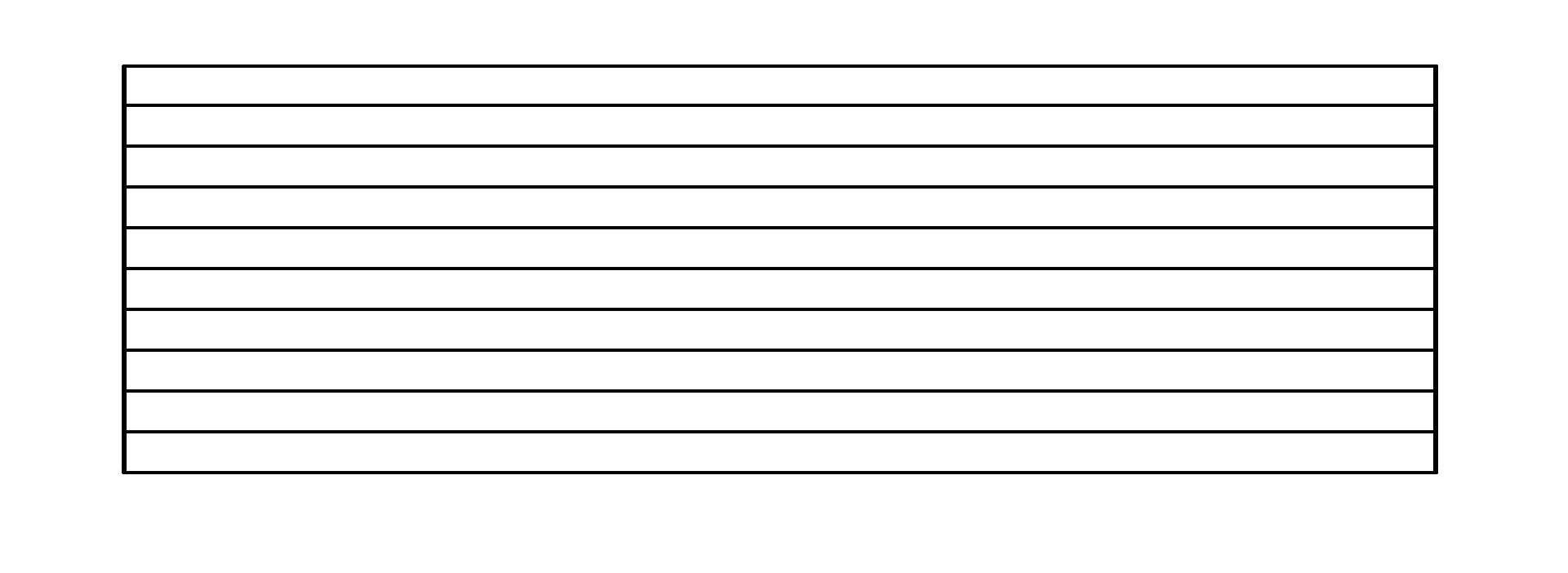
Figure 1: Piano Music Was Originally Written On An 11-line Stave
Rather than treble and bass clefs, there used to be a C clef, which looked like this (the note Middle C is also shown):
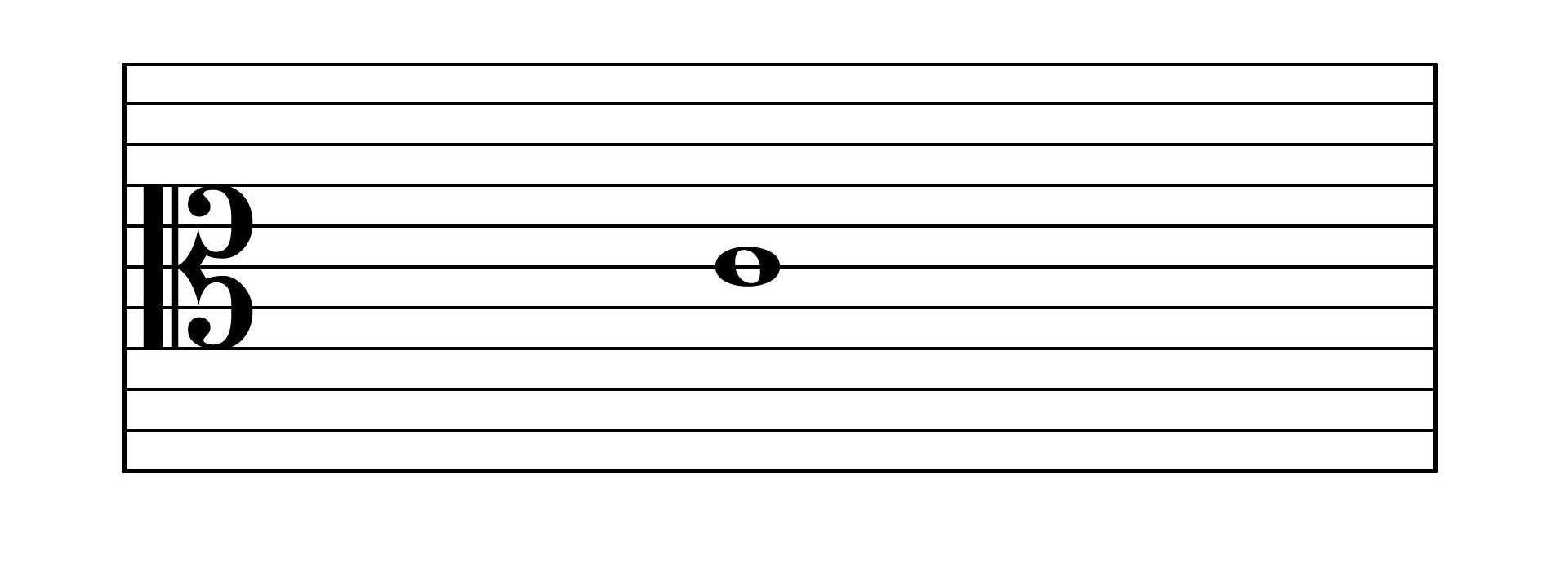
Figure 2: Piano Music Used To Have A C Clef
Looking at music on this stave (above), it’s hard to tell where the middle C line is, because there are so many lines. So someone cleverly decided to erase the middle C line:
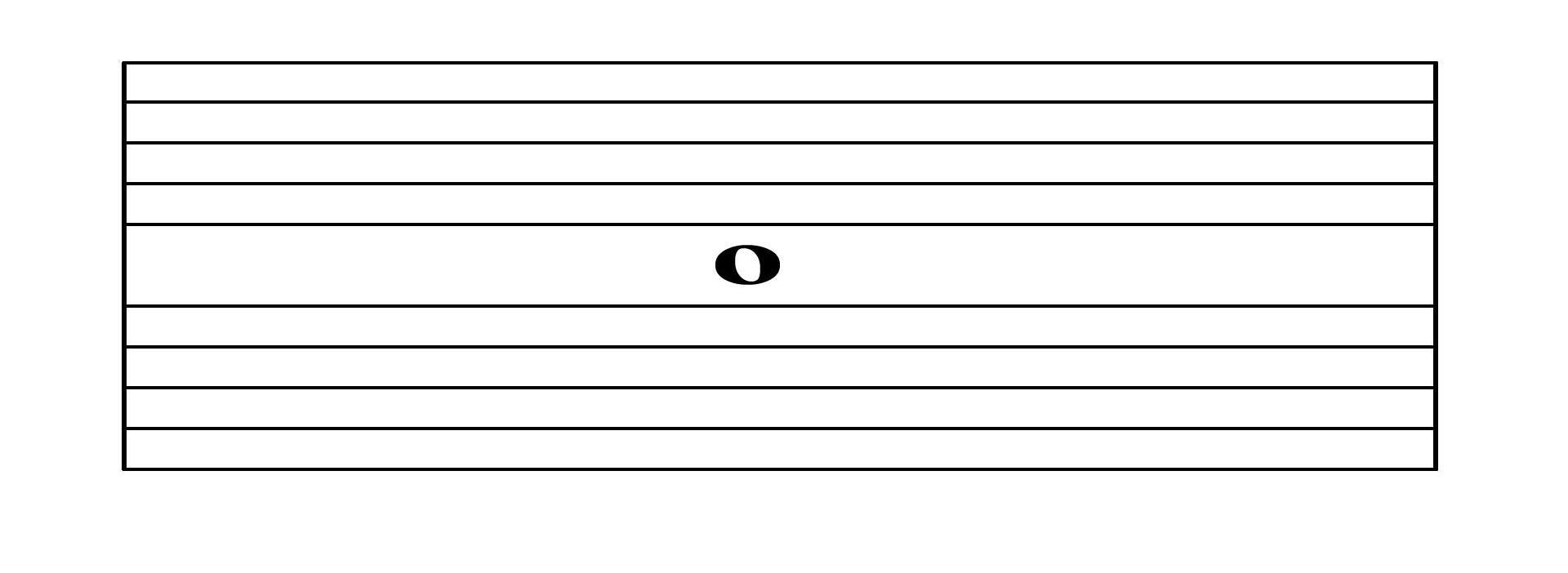
Figure 3: The Middle C Line Was Removed From The Stave
Having removed the middle C line, middle C was given its own little line, which we call a ledger line:
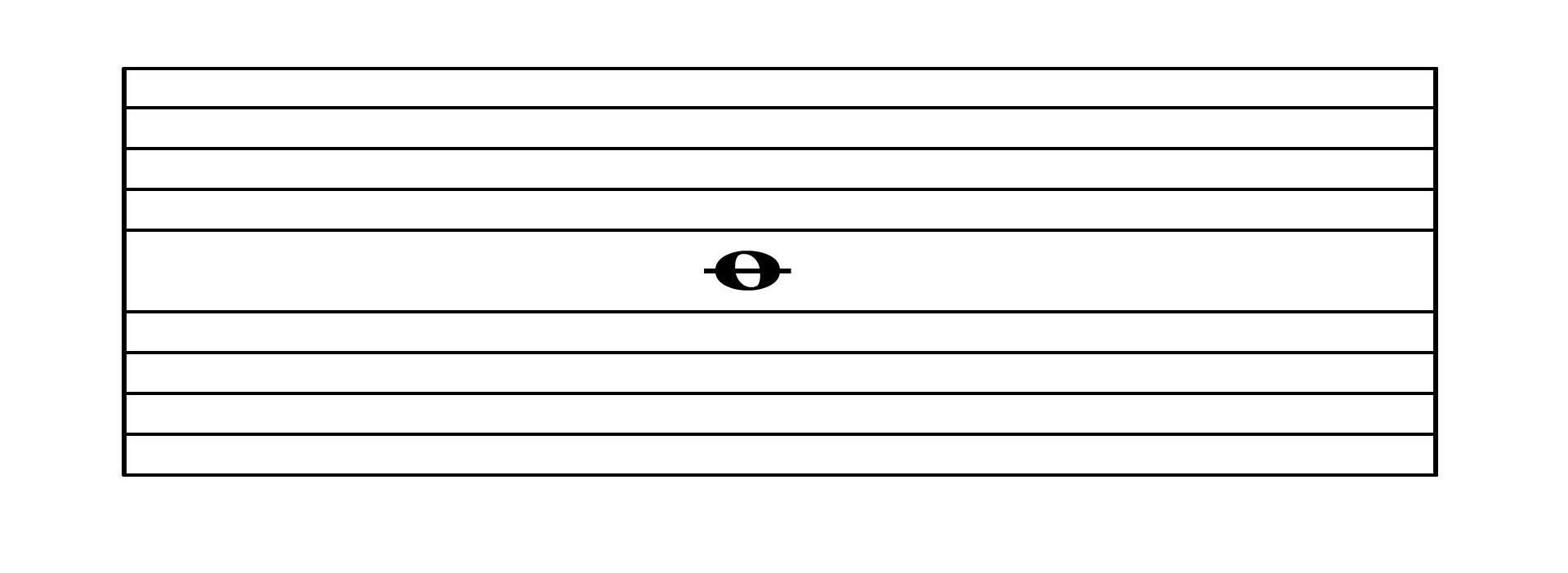
Figure 4: Middle C Was Given A Ledger Line
So now we have the treble and bass staves we know today. But remember the treble and bass staves are still joined to form what we call the Grand Staff:
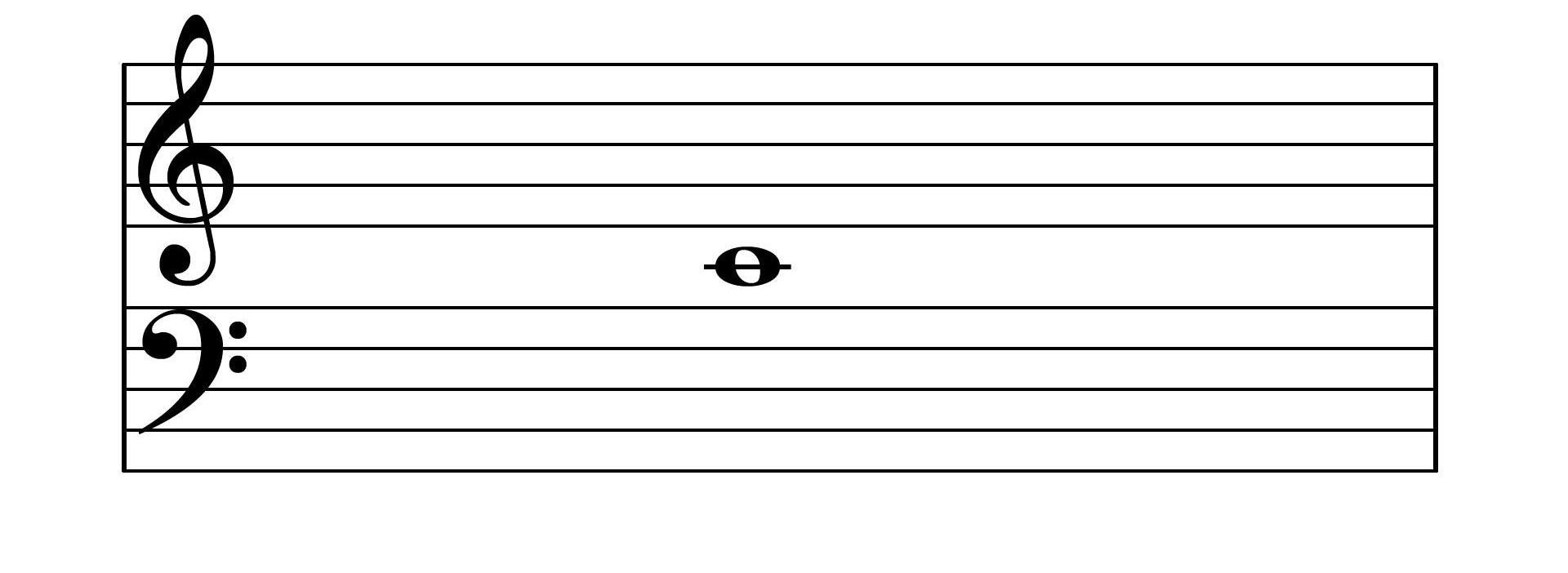
Figure 5: Middle C On The Modern Grand Staff Which Is Comprised Of The Treble And Bass Staves
The advantage of the new arrangement of staves is obvious: the notes are easier to read. But there was one big advantage to the old system. When reading a chord of, say, 4 notes, you would read the notes from the bottom up in one single eye movement:
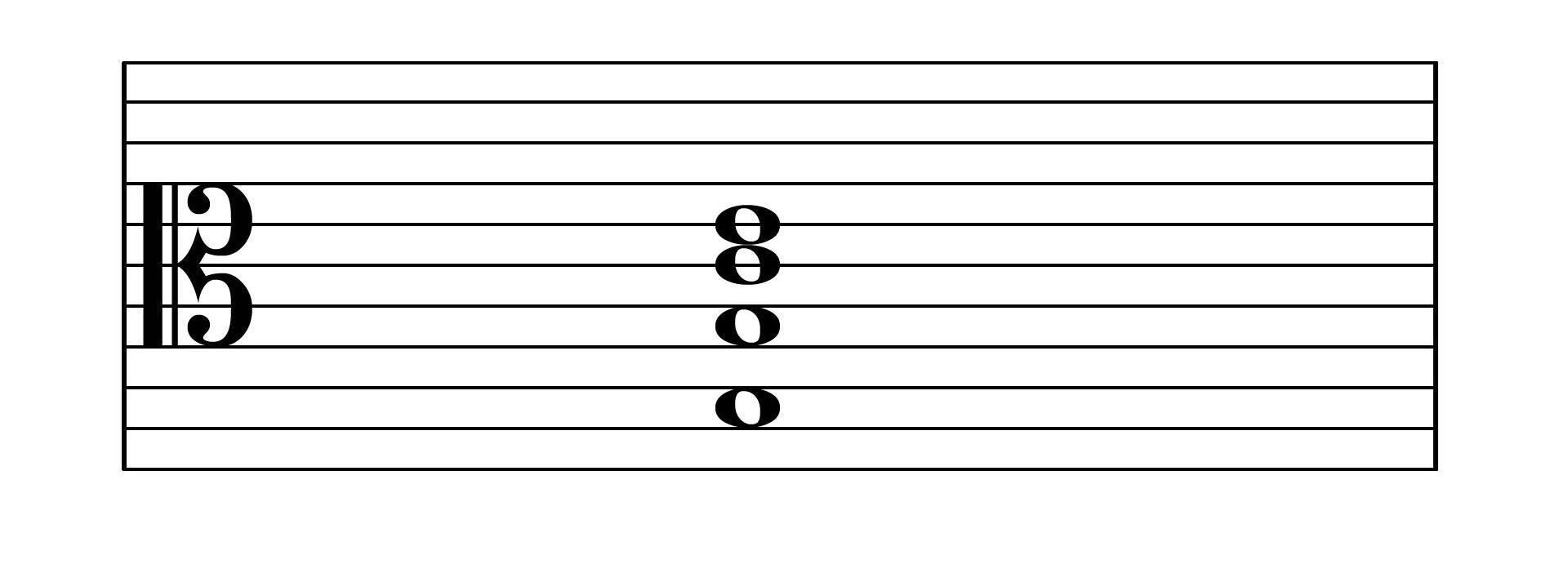
Figure 6: The Old Stave Meant Notes Were Read In A Single Eye Movement From The Bottom Up
But now, when we read the same notes on today’s Grand Staff, because most modern piano teachers habitually teach piano lessons with the right hand first, students are incorrectly taught to first scan up the right hand (treble) notes and then in a second inefficient eye moment to scan up the left hand (bass) notes:
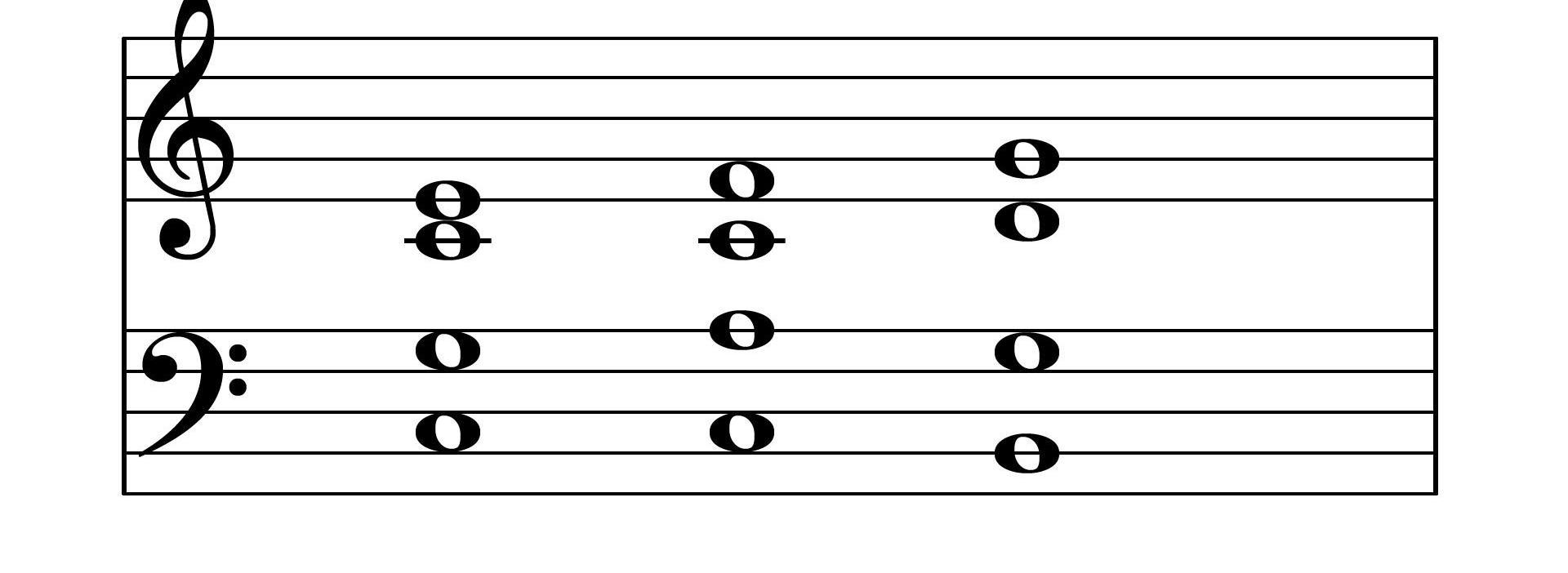
Figure 7: Notes On The Modern Stave Should Still Be Read In Single Eye Movements
So piano students are typically reading the treble notes first and the bass notes second, which is inefficient.
It’s still the Grand Staff even if middle C does have its own line. And we should be teaching our students during their piano lessons to read it as one stave — that is, reading each chord upwards in one eye movement from the bass stave through to the treble stave.
This is why it’s a good idea to for piano teachers to get their students into the habit of starting most piano lessons with the left hand first, then the right hand: so that students get used to thinking of the left hand notes first, then the right hand notes, and that in turn will help students to read the notes more efficiently, i.e. in one eye movement per chord from the lowest notes through to the highest notes.
Here’s another very basic piano learning principle which forms part of the Musiah Piano Method and will shave at least two years off the time it takes students to master note reading: Don’t use phrases or mnemonics in piano lessons such as “Every Good Boy Deserves Fruit” and “Great Big Dogs Frighten Auntie”. These mnemonics will actually slow your note reading.
Mnemonics are especially inefficient for young kids who are still getting used to the alphabet. Let’s say they’re reading the top treble note (see image below) and they count up the lines of the treble stave saying “Every Good Boy Deserves Fruit”; they don’t instantly make the connection that “Fruit” is an “F” in the same way an adult would.
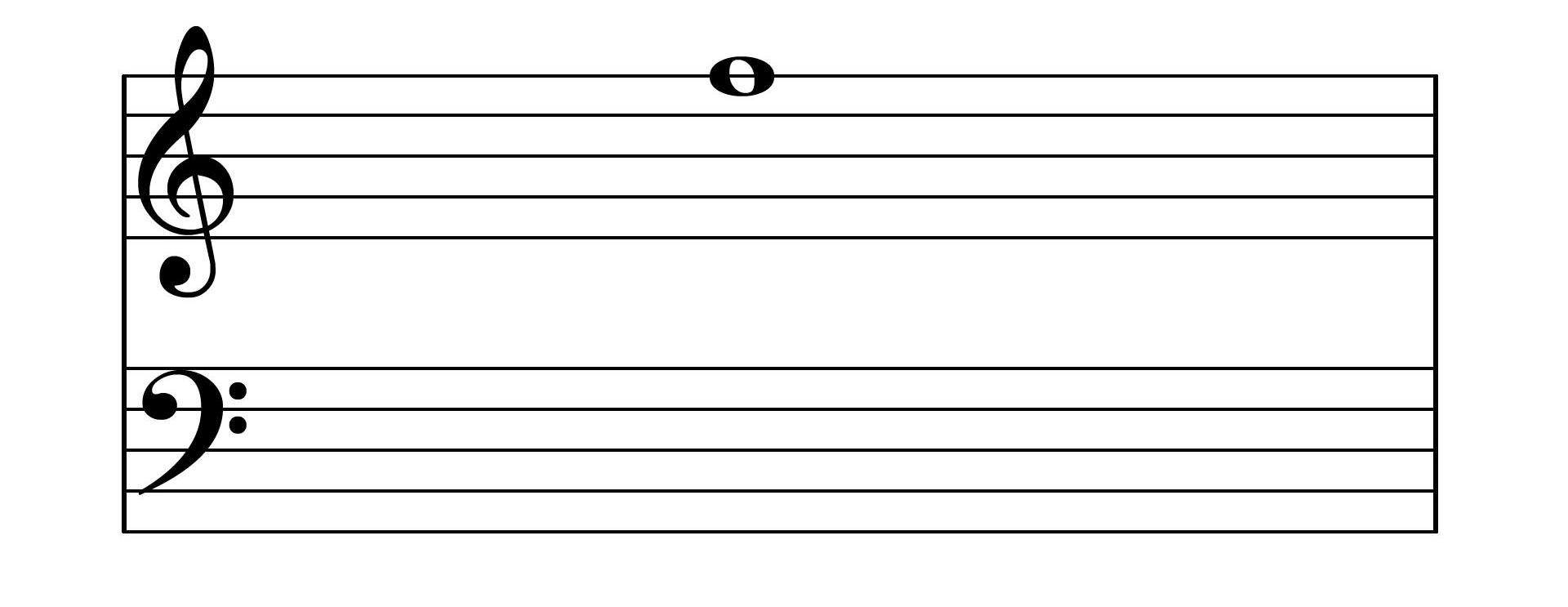
Figure 8: When Reading A Note Like This, Say "EGBDF" To Count Up The Lines Of The Stave
Rather than using these phrases, in piano lessons, teachers should encourage students to say “EGBDF” as if it were a tongue twister. How quickly can you say “EGBDF”? EGBDF gets you there (to the note you are reading) much quicker. And in the left hand, GBDFA is almost like “Jibidy FA” — GBDFA. Use this technique and student’s note reading will improve dramatically.
My third piano teacher got me onto this tongue twister technique, and it really improved my note reading very quickly.
When reading a note like the one in the image below…
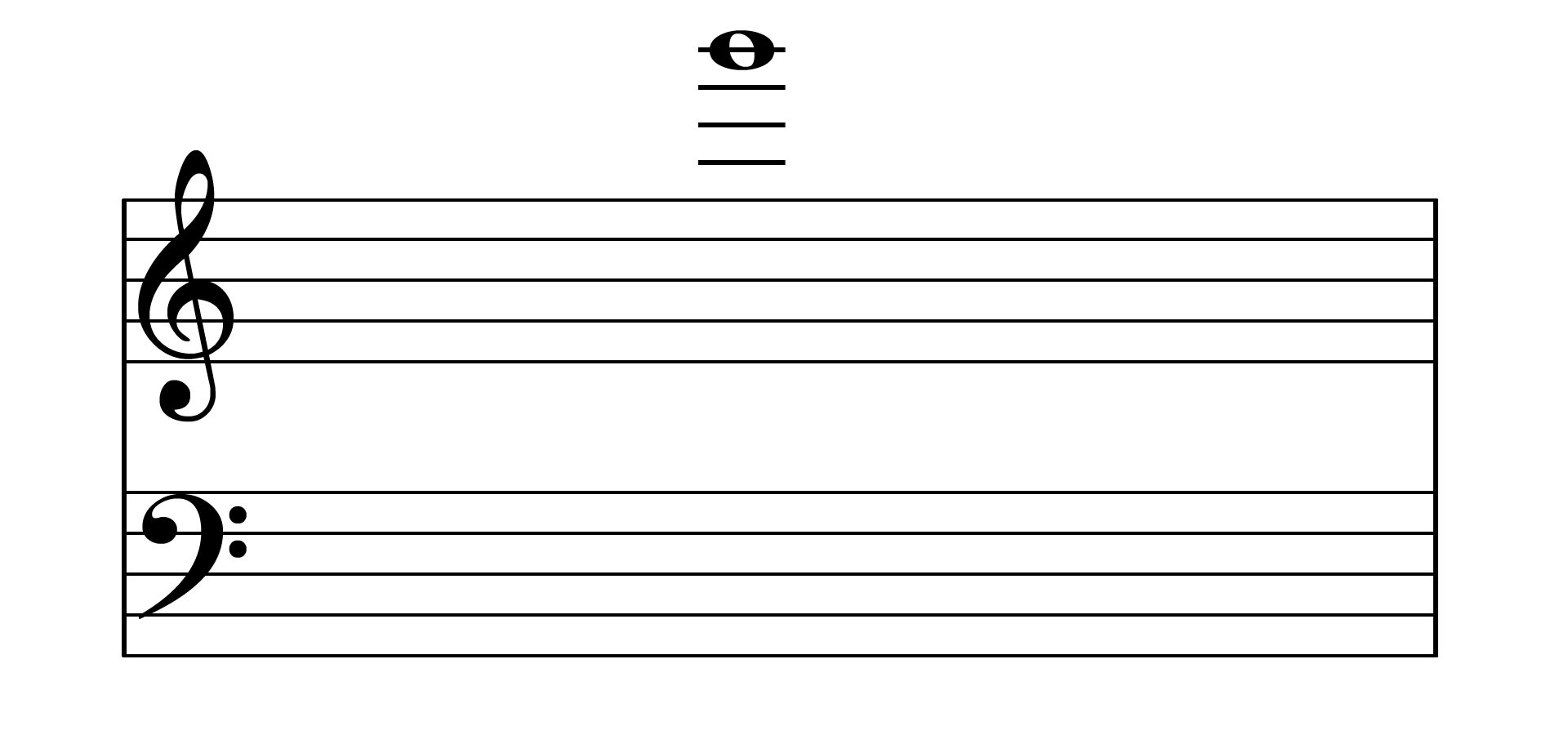
As a student, I would use the tongue twister “EGBDF” which would get me to the top line of the treble staff very quickly, but then I would slowly, inefficiently and somewhat tediously count up through G in the space (above the staff), A on the first line, B in the 2 ndspace, and so on, until I eventually figured out what the note is.
But now there is a simple technique I have come up with that forms part of the Musiah Piano Method that solves this note reading challenge. Take the sequence of letters…
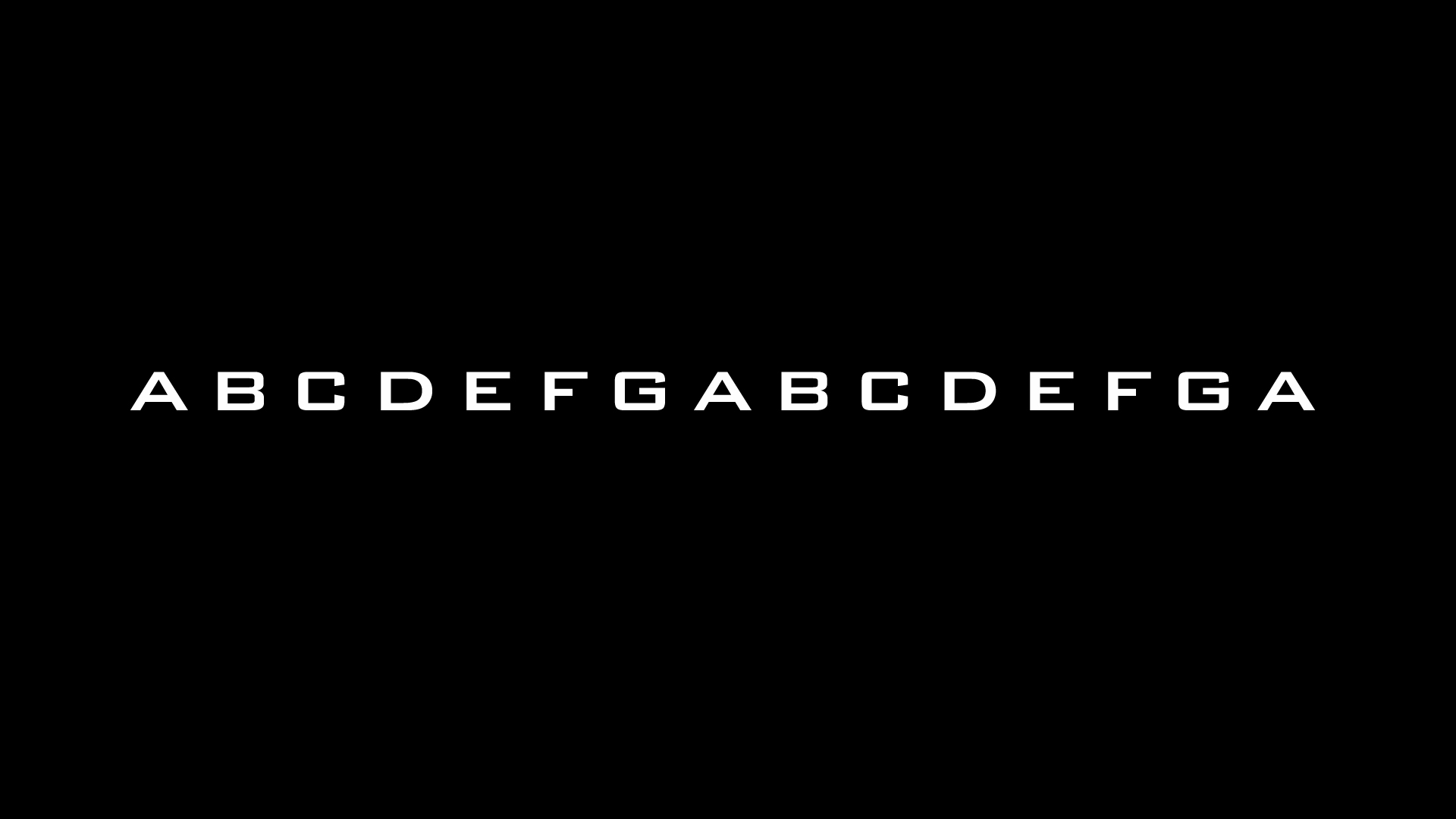
Then circle every 2 ndletter:
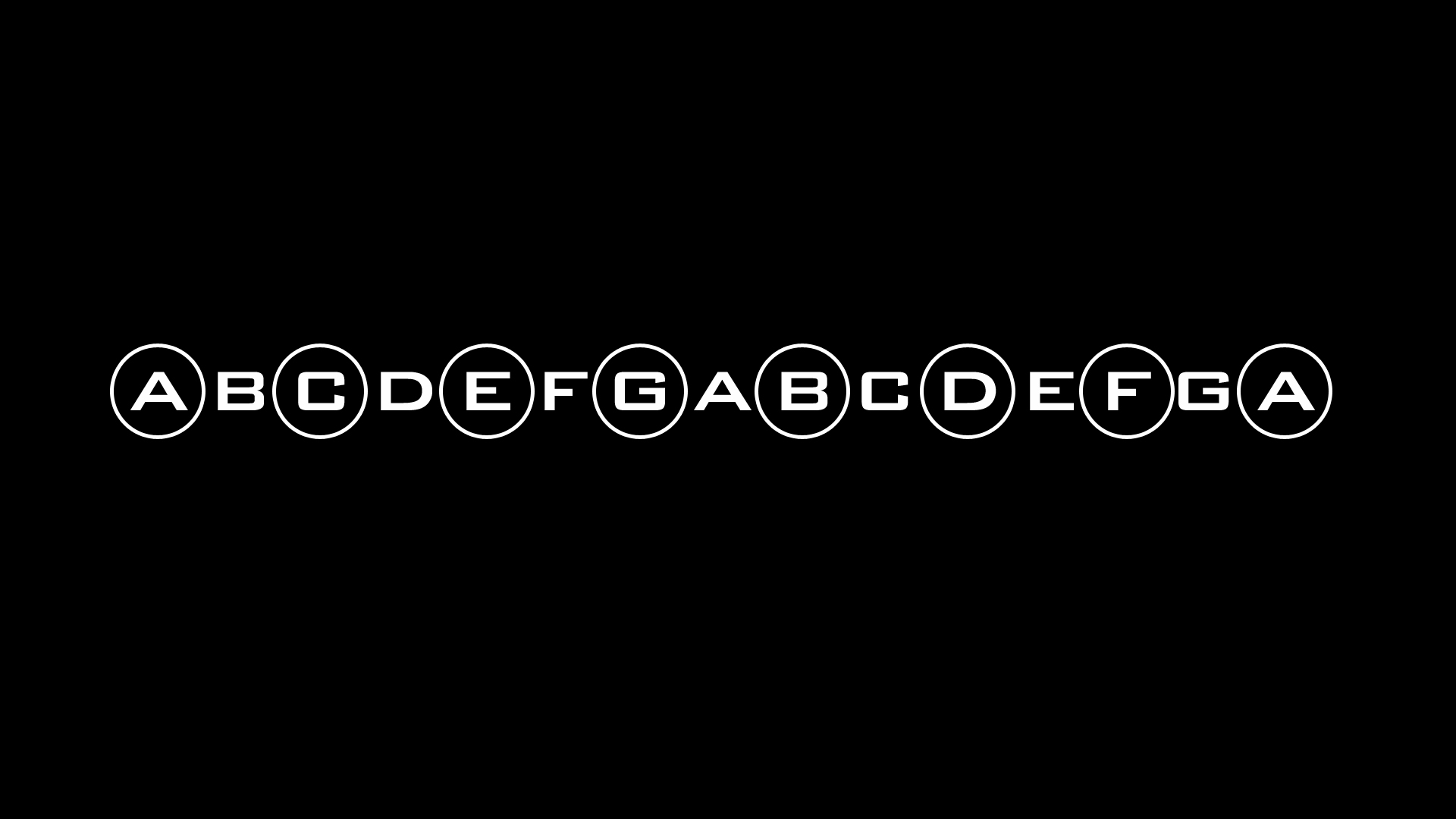
And memorize this sequence of letters.
No matter what letter you start with, if you keep going, it always comes around in a loop to the letter you began with. For example, if you start with the letter “A”, the sequence goes, “ACEGBDFA”. If you start with the letter “E”, the sequence goes, “EGBDFACE”.
So, if students are taught this sequence, when reading a high note like the one we had earlier (see below)…

They can count up the lines or spaces indefinitely until they reach the target note. In this example, one would count up the lines, “EGBDFACEG” — it’s a “G”. Easy — and much quicker than any other method.
Quite often a typical approach taken by many piano teachers in a lesson when introducing students to a new piece is to take a student all the way through the right hand of the piece from the beginning to the end, then all the way through the left hand, and then the teacher will say to the student (rather unhelpfully), “try both hands together at home for next week”.
This is inefficient and ineffective as the student (at the end of the lesson) has no idea what it will be like to attempt to put the two hands together on their own at home, and has not been given any direction by the piano teacher in terms of how to go about putting the two hands together efficiently and systematically at home.
Instead, it is much more efficient and effective to teach students — within the lesson — an efficient system they can use to learn or practice any piece as follows:
Initially just take a small section of the piece, say 1-2 bars and, going as slow as you like, practice the left hand about 5 times just in that section. Then, when you can comfortably play the left hand, do the right hand about 5 times until you can comfortably play it. Then try both hands about 5 times or until you are comfortable at your own tempo. Then do it a few more times, very gradually increasing the tempo each time.
Then progress to the next 1-2 bars and repeat this process. This way, even if the student only gets to learn 1 or 2 sections (with both hands) in the lesson, at least they have gained the confidence that comes from experiencing for themselves what it is like to play some of the piece with both hands while at their lesson. And they have been shown an easy system they can use to continue learning each subsequent section at home.
To summarize this method of practice / learning: Do 1-2 bars; LH 5 times, RH 5 times, BH 5 times.
These are just a few examples of simple but well-thought-through techniques that are combined into a holistic approach to form the basis of the Musiah Piano Method that can greatly enhance a student’s ability to rapidly learn and memorize a piece of music, which is why I humbly maintain, the Musiah Piano Method truly is the Best Piano Method.
To experience the effectiveness and efficiency of the Musiah Piano Method (the Best Piano Method) for yourself, I invite you to take our Online Piano Lessons 14 Day FREE Trial.
And of course, if you would like to know more, our videos, FAQ's and articles are a great source of information. And if you have any questions for me personally, please feel free to contact me directly.
Thanks again for visiting,
Brendan Hogan L.Mus.A, A.Mus.A.
Piano Teacher & Musiah Inventor
The Musiah Piano Method Defined
Online Piano lessons – Do They Work?
Piano Lessons For Adults
Piano Lessons For Kids
Piano Lessons For Beginners
Advanced Piano Lessons
Free Piano Lessons (on piano technique)
The Best Piano Method
The Best Piano Learning App
Learning To Play Piano As An Adult – Why it's easier than you think!